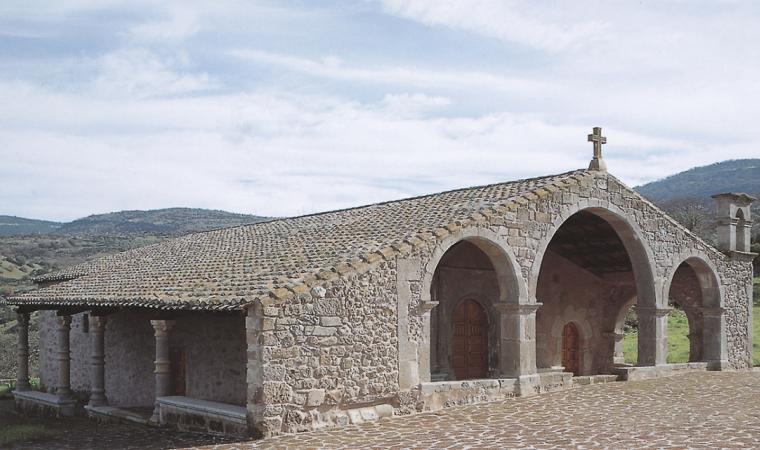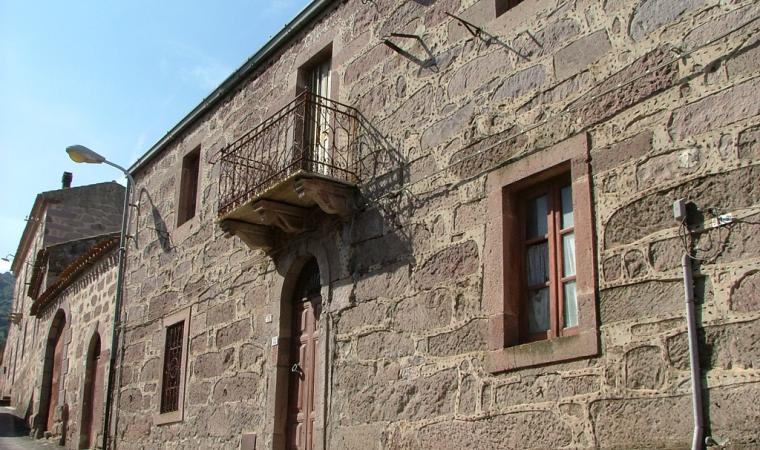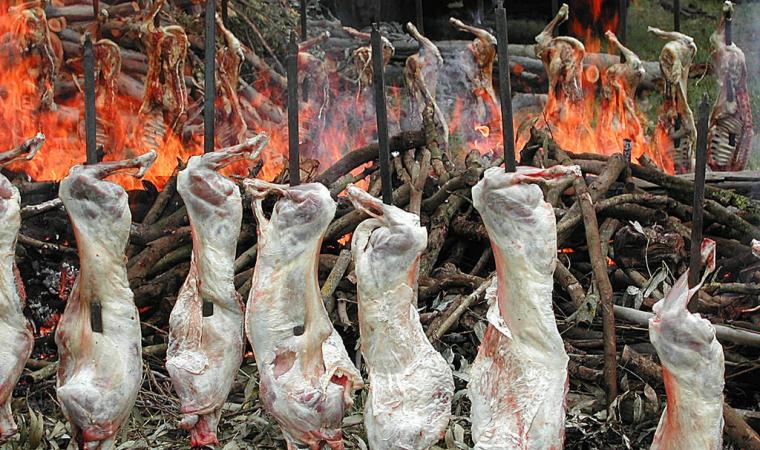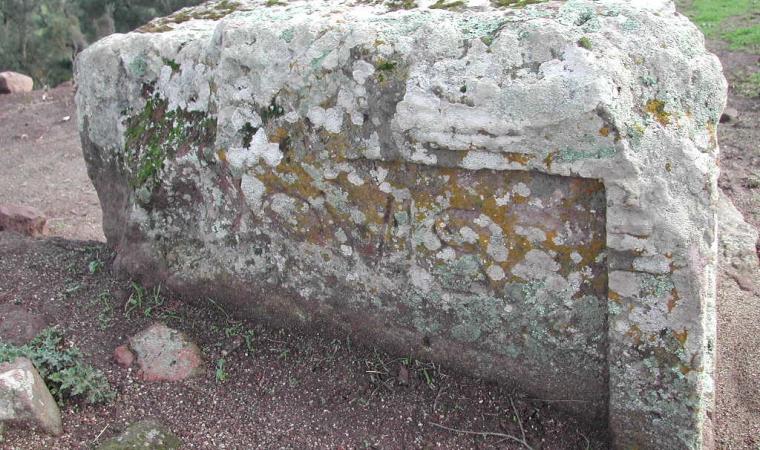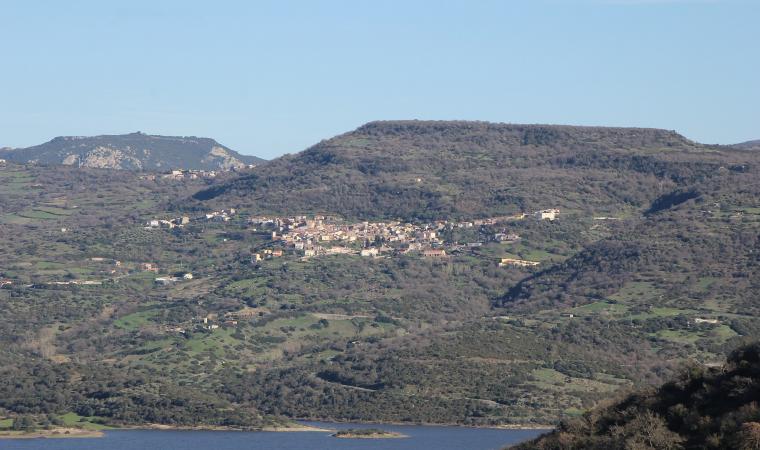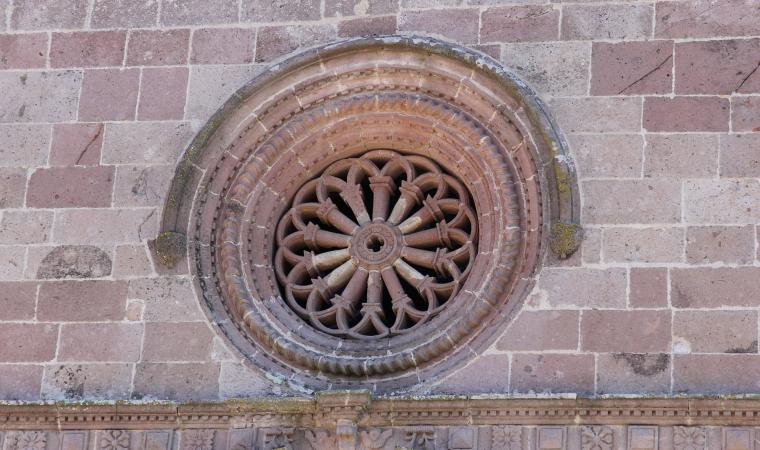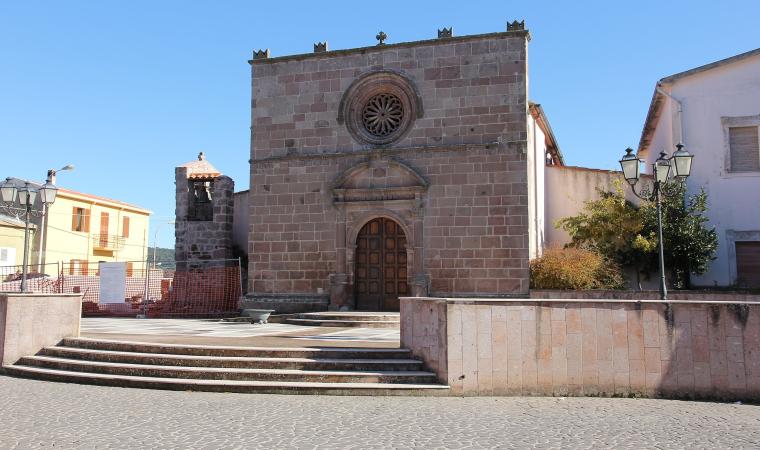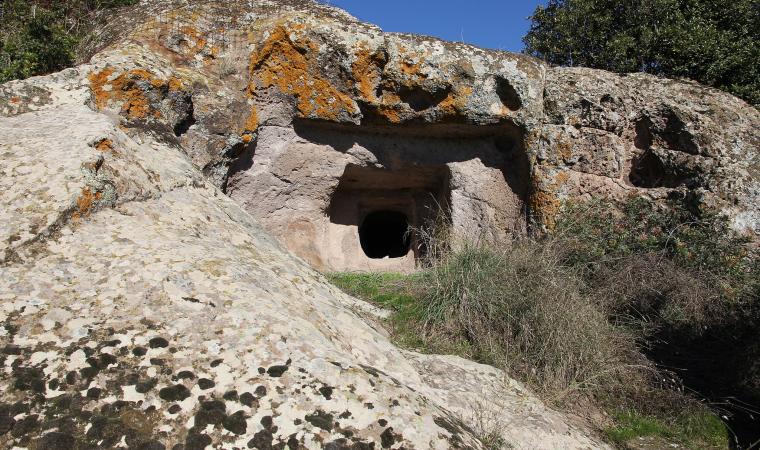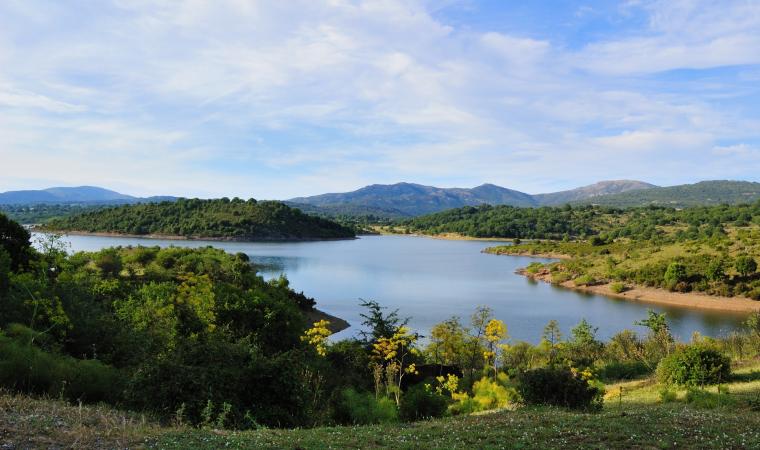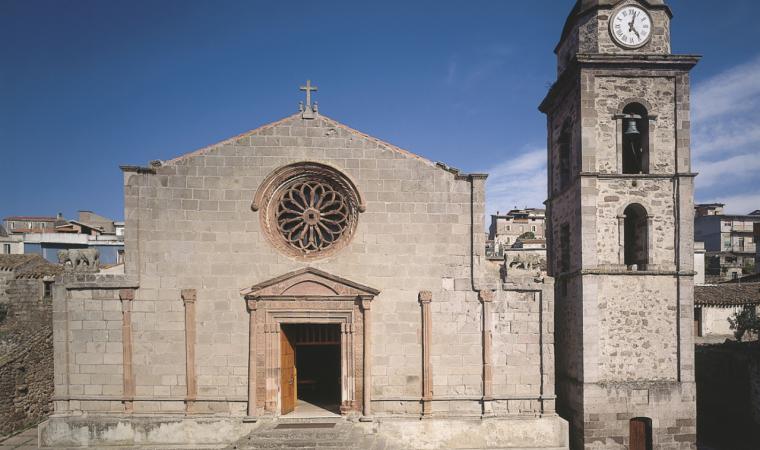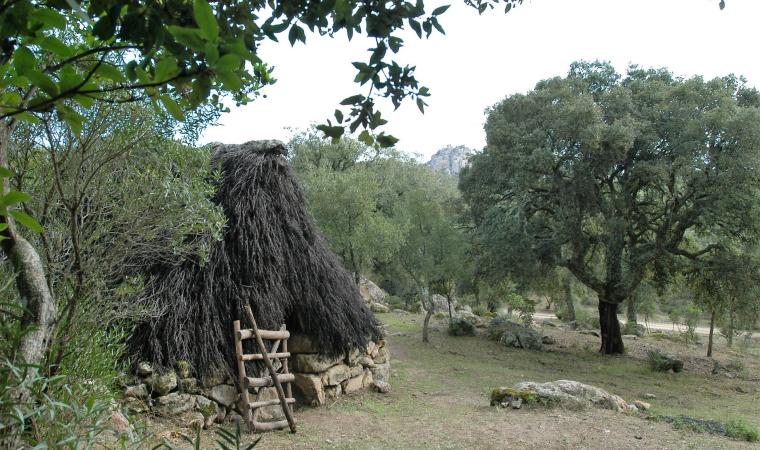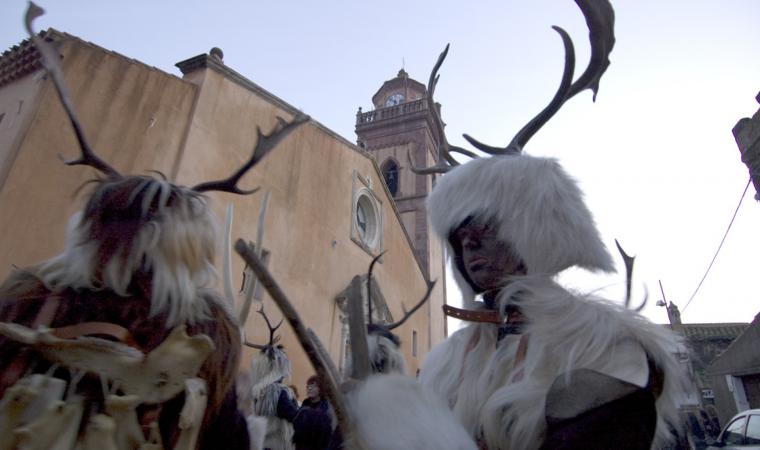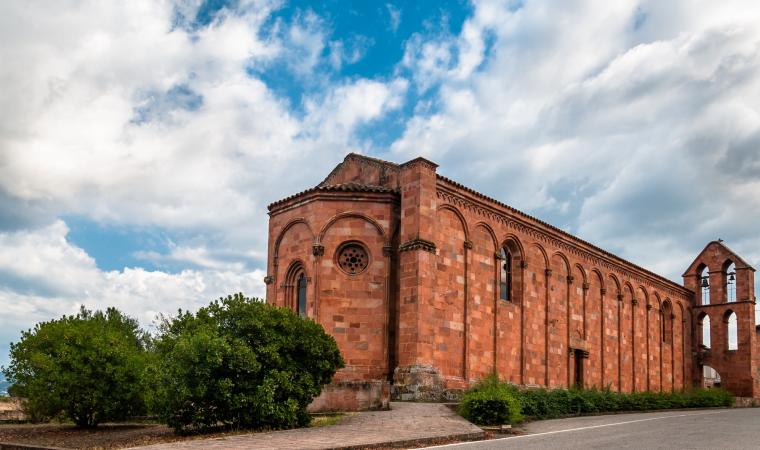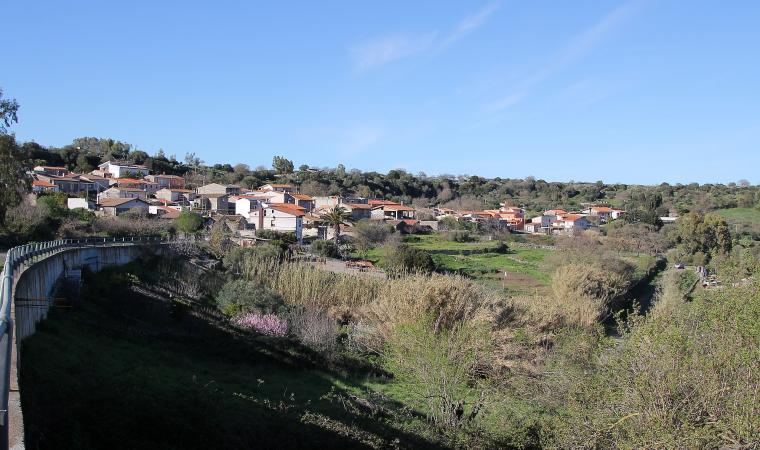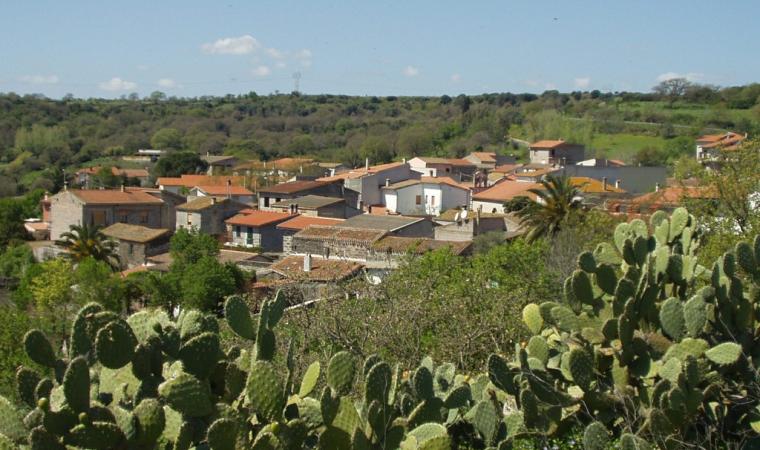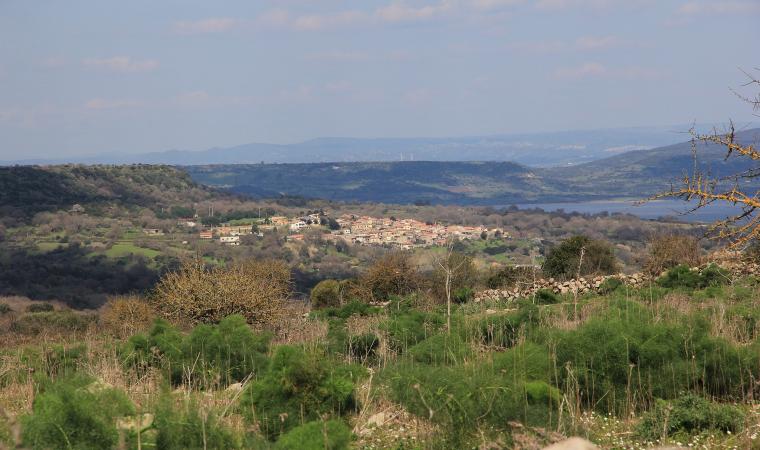From a hill 260 metres above sea level the village overlooks the banks of Lake Omodeo, in the Marghine mountains, with a landscape that has few equals, ideal for trekking, mountain biking and canoeing, as well as a natural park and refuge for rare birds. Bidonì is one of the island's smallest villages, with just 150 inhabitants, and falls into the historical region of Barigadu. The earliest documents that mention the village where today's centre stands date back to 1157. Walking through the narrow streets is like going back in time: cobbled streets, medieval monuments and ancient homes in red trachyte stone, including sa ‘Omo ‘e sa majarza (the witch's house), which tells all about witchcraft and the Inquisition in Sardinia. Today, the traditionally agricultural hamlet is part of the Borghi autentici d’Italia circuit and the Domos Rujas comunità ospitale (tourism hosting organisation), together with the other "borgo autentico" Sorradile.
The most important part of its considerable archaeological heritage are the ruins of the Tempio di Giove, the only structure dedicated to the most important Roman god found in a rural setting on the island, and one of the three found in the whole of the Mediterranean. Built around 50 BC on the hill of s’Onnarìu, to the northern part of the village, the large structure takes up one side and the top of the hill. Two inscriptions dedicate the temple to Jupiter (Dei and Iovis), carved on the side of the altar. Several pottery fragments found inside date the occupation of the area to around the second or first century BC. The surrounding area was settled much earlier, as shown by the domus de Janas at Pera Pintore, the Bentosu Nuraghe and the remains of a Nuragic settlement now under the lake.
Two sanctuaries were built in the Middle Ages. The main one was the Church of San Pietro, from the 12th century, built in Romanesque style with squared stone blocks. The single nave has a gabled roof. Inside, it preserves a funerary inscription from the 9th century. In the countryside, there is the Novenario di Santa Maria di Ossolo, built in the 13th century but rebuilt in 1632, which is the location for one of the most popular celebrations held in early September: the procession runs from the rural church to the parish Church of San Giovanni Battista, the patron saint who is celebrated in late June. Another very popular celebration is on Easter Monday: the de s’anzone festival (lamb festival), when you can try traditional dishes in the setting of the Istei pine forest, near Omodeo, set up to host the numerous guests at the lunch. Agricultural products and simple yet finely flavoured food characterise Bidonì cuisine. The most typical dish is sos culurzones de patata (potato ravioli).


